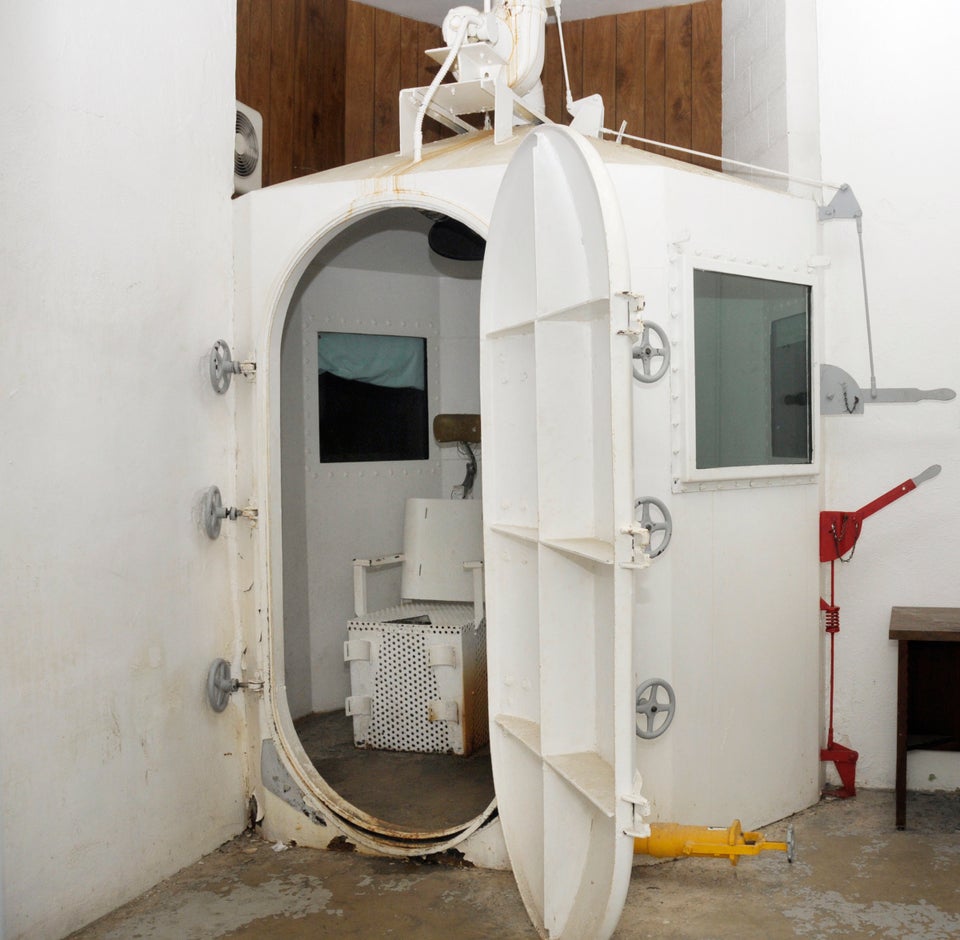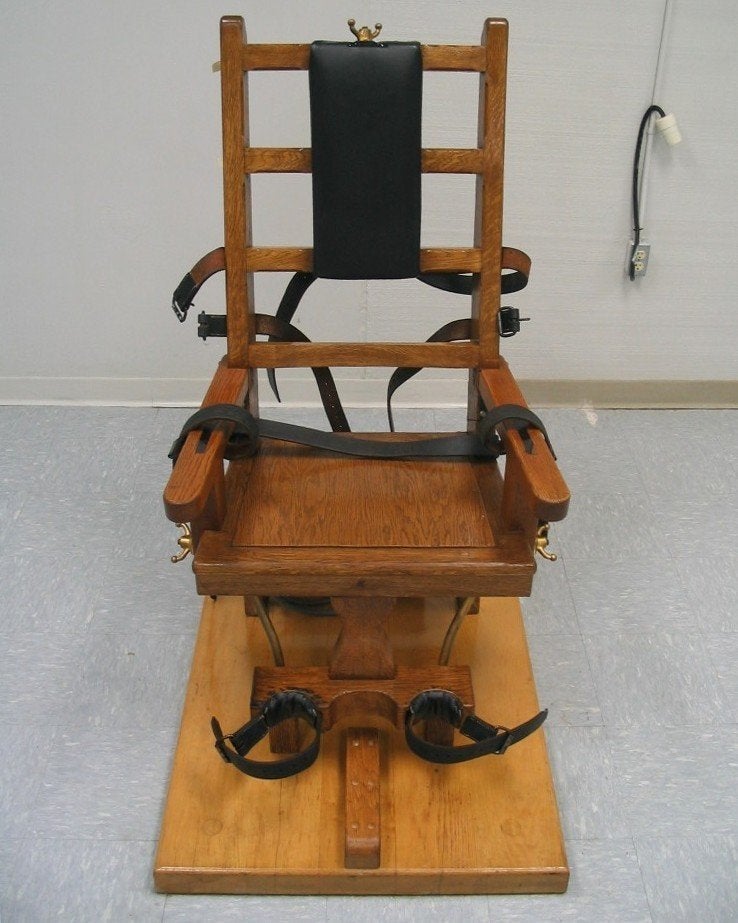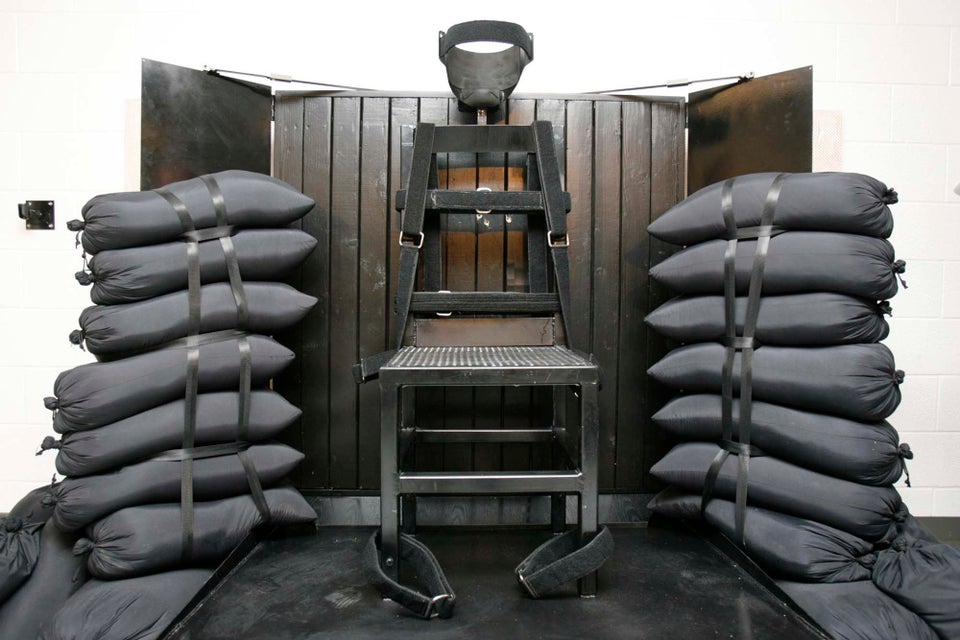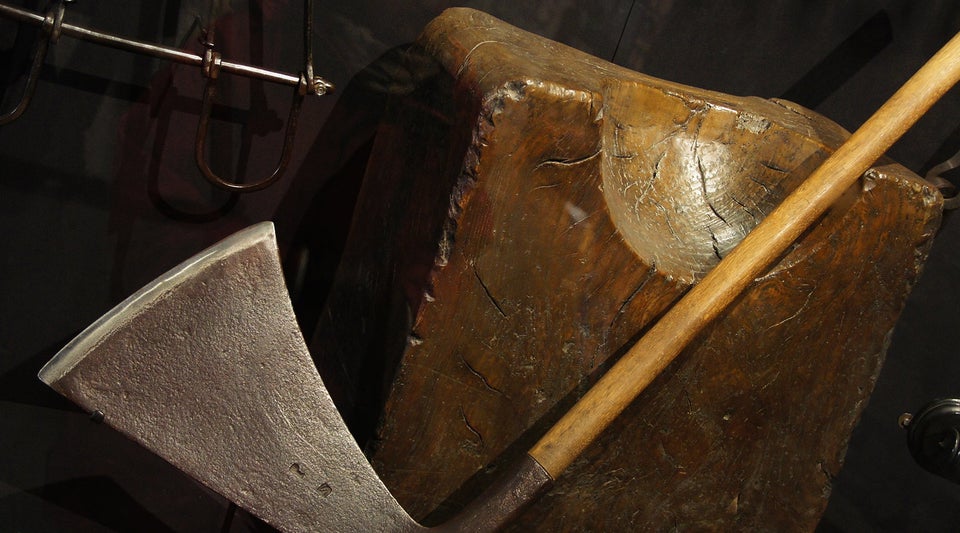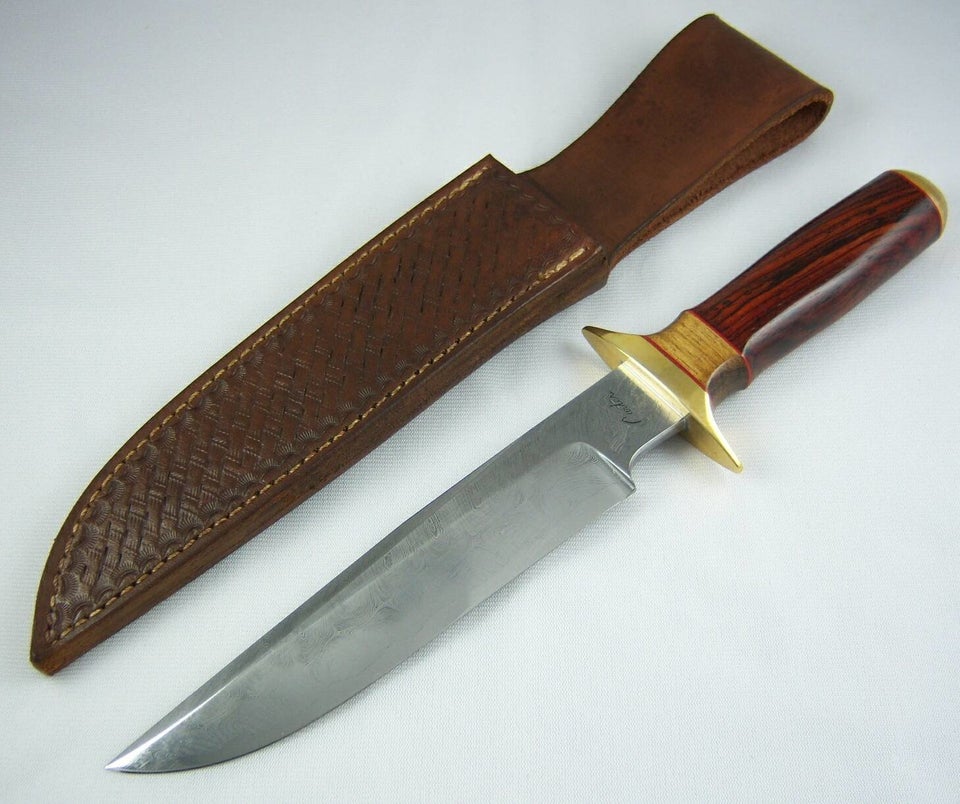By Heide Brandes
OKLAHOMA CITY, May 5 (REUTERS) - Oklahoma Governor Mary Fallin said on Monday her state had "lawfully carried out a sentence of death" in a botched execution that has been widely criticized as cruel and inhumane.
"Justice was served," Fallin, a Republican, wrote in a monthly column. "The people of Oklahoma do not have blood on their hands."
Convicted murderer and rapist Clayton Lockett, 38, died of an apparent heart attack on April 29 some 43 minutes after the lethal drugs was first administered.
A prison report said the botched execution was largely due to a collapsed vein during the injection and that the needle was inserted in Lockett's groin instead of his arm after prison officials used a stun gun to restrain him.
Fallin said people needed to be reminded of Lockett's crimes, which included robbery, rape and murder in a 1999 crime spree.
Among his crimes were shooting a 19-year-old girl and then helping to bury her alive in a shallow grave, where she died.
President Barack Obama, a Democrat, and Republican Texas Governor Rick Perry, whose state executes more people than any other, both had similar lines on the Oklahoma execution, saying something went terribly wrong.
However, while the White House and United Nations said it was below humane standards, Perry did not.
Obama said the botched execution in Oklahoma raised questions about the death penalty in the United States and that he would ask the U.S. attorney general to look into the situation.
The head of Oklahoma's Department of Corrections last week requested a stay of all executions in the state until a study has been completed to find out what went wrong and new procedures have been put in place.
Lawyers for Charles Warner, who was scheduled to be put to death just hours after Lockett but then had his execution temporarily stayed by the state for two weeks due to troubles with the lethal injection, have requested a six-month stay with the state supreme court.
His lawyers argued that Oklahoma cannot carry out an execution in a humane way. (Reporting by Heide Brandes in Oklahoma City; Writing by Jon Herskovitz in Austin, Texas; Editing by Eric M. Johnson and Gareth Jones)
Before You Go

